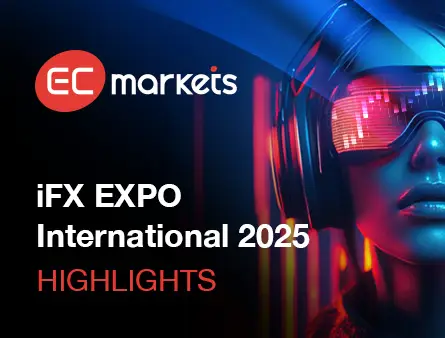The Reserve Bank of Australia has announced a cut to interest rates for the first time since November 2020.

Australia’s central bank has cut interest rates for the first time in four years, lowering the cash rate by 25 basis points to 4.1%. This decision marks the first rate cut since the peak of the Covid pandemic when rates were reduced to a record low of 0.1% in November 2020.
Despite Tuesday’s announcement, the Reserve Bank of Australia (RBA) warned against declaring any premature victories over inflation, stressing the need for a measured approach to future easing.
In a post-meeting statement, RBA board members said: “While today’s policy decision recognises the welcome progress on inflation, the Board remains cautious on prospects for further policy easing.”
Pointing to ongoing inflation risks driven by a strong labour market, the RBA added: “The Board’s assessment is that monetary policy has been restrictive and will remain so after this reduction in the cash rate.”
While the lowering of interest rates eases pressure on borrowers, it could also come as welcome news for Anthony Albanese. Australia’s prime minister is set to face a tough election which has to be held by 17 May. Some observers now believehe could use this rate cut as an opportunity to call an early vote.
Compared to its peers, the RBA has been slow off the mark when it comes to the global easing cycle. Its quarter-point cut from a 13-year high of 4.35% comes as US Federal Reserve (Fed) appears to be stepping back from further policy loosening.
Referring to economist forecasts of several rate cuts down the line in 2025, RBA governor Michele Bullock emphasised that Tuesday’s rate cut was likely to be a one-off in the short term, stressing that the decision was far from a “lay-down misère”.
She said: “Today’s decision does not imply that further rate cuts along the lines suggested by the market are coming. If we don’t get inflation down, interest rates won’t come down, and you’ll be stuck with inflation and high interest rates.”
Markets quickly responded to the announcement, with government bond yields falling nearly 20 basis points in expectation of the rate cut. The Australian dollar experienced a slight rise, reaching 0.6341 USD, while the ASX 200 continued to struggle, dropping 0.54% amid lingering investor uncertainty.
For traders based in Australia, check out our guide to the Best Forex Brokers in Australia for 2025.






